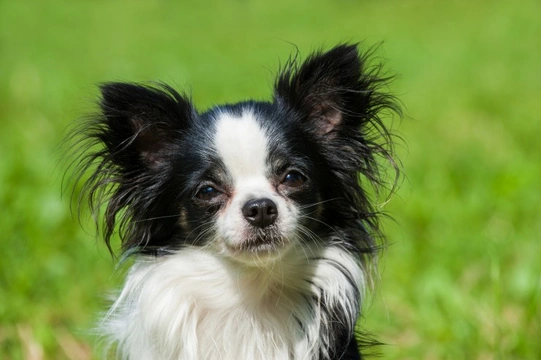
How to work out the likely age of your Chihuahua
The Chihuahua is a really common and popular dog breed in the UK, so much so that they’re the second most popular breed overall out of a total of 243 different dog types. This means that thousands of people buy or adopt a Chihuahua to join their families every year, and there are a significant number of dogs of the breed to be found in the UK.
However, not everyone who buys or adopts a Chihuahua gets them from a breeder as a puppy, with a known history and firm timeline in place outlining their date of birth and age. The Chihuahua is one of the more common pedigree dog breeds that can be found offered for sale as adults, or put up for adoption by rehoming shelters, and not all such dogs will have a known history.
Working out the age of any dog if you don’t know it for sure isn’t an exact science, and it can be even more challenging when you’re dealing with a very petite dog breed that remains small and cute even when adult. Whilst trying to work out the age of your Chihuahua probably won’t be able to tell you for certain how old they actually are, there are several things that can give you pointers to help you to make an informed guess.
In this article we will share some tips and advice on how to work out the likely age of your Chihuahua. Read on to learn more.
What the teeth can tell you
One thing that you should be able to tell about your dog for sure by looking at their teeth is if they are under or over a year old. Count the number of teeth your dog has – if they have 28 small puppy teeth, they are aged under around four months old.
A full adult set of teeth in the Chihuahua consists of 42 teeth, and so there is a lot of difference between puppy teeth and the adult set. Puppy teeth are of course also smaller, although it can be hard to tell this when you’re working with such a small dog breed. Puppy teeth are also sharper and more pointy, whilst adult teeth are larger and rounder.
Adult teeth don’t become a full set of 42 until your pup is between six and eight months of age.
Another point to factor in is that a dog’s adult teeth can become damaged or decayed over time, which can result in tooth loss. If you’re counting more than 28 teeth but less than 42, it is possible that your dog is mature or senior in years, and has lost some of their teeth due to damage and decay.
Adult dogs often begin to suffer from the signs of dental decay, such as plaque, tartar, rotting teeth and bad breath from as early as around four years of age, and if the dog’s teeth aren’t cleaned regularly and any damage rectified with a veterinary dental procedure, the damage will increase over time.
If your Chihuahua’s teeth are in an advanced state of decay or starting to show signs of wear, they’re likely to be approaching mature adulthood or even old age.
What the ears can tell you
Chihuahua puppies are born with floppy ears, and over time, the ears begin to stand erect and take on the large, pointed shape that we associate with dogs of the breed. This usually begins to happen when a Chihuahua pup is a few months old, but can take up until around eight months of age to complete.
If your Chihuahua has floppy ears, or semi-pointed ears, they’re probably under the age of around eight months. However, a small number of dogs of the breed retain floppy ears into adulthood, so while this is uncommon, it is one caveat to bear in mind.
Your dog’s coat and features
If your Chihuahua is starting to get a little grey around the muzzle or they’re starting to develop a few grey hairs in their coat, they’re probably approaching middle age and their senior years. However, this doesn’t tell you an awful lot as some dogs will begin to show signs of aging in their coat and features from a much earlier age than others.
That said, if your dog’s muzzle is getting a salt and pepper appearance and/or there are some noticeable grey hairs in their coat, the chances are that they are aged at least four and aren’t in the first flush of youth anymore!
Your dog’s behaviour, health and activity levels
Your Chihuahua’s behaviour, activity levels and playfulness can help you to get a better picture of their likely age, and this information should be viewed collectively with the physical traits that help you to determine how old they are.
Puppies and young adult dogs will be more playful, active and lively than mature adults and those approaching old age, which can assist with putting together a picture of your dog’s age in years.
Certain health issues also tend to arise only in mature and senior dogs, and if your Chihuahua has any health issues or problems, your vet might be able to use them to help you to pinpoint an approximate age.



